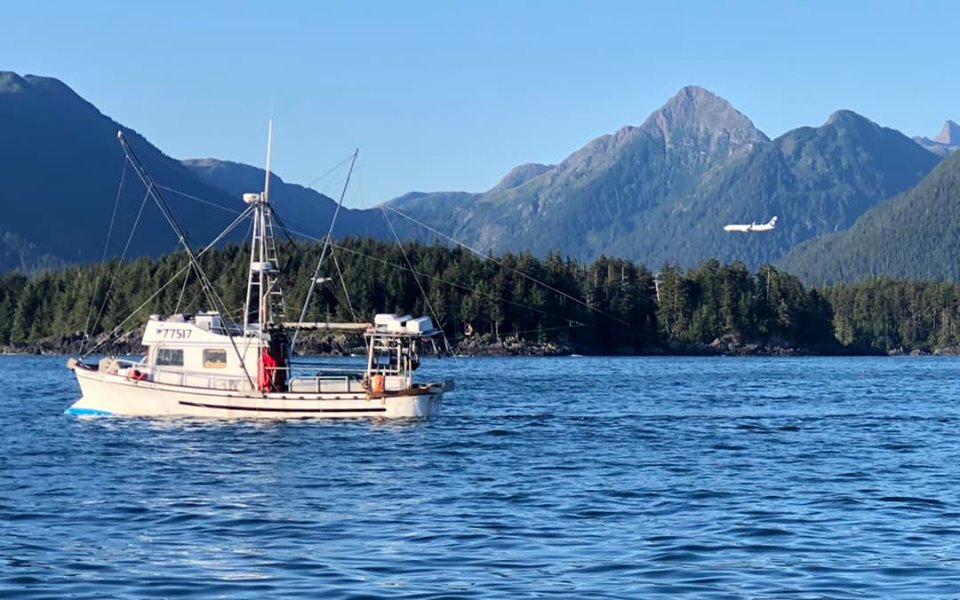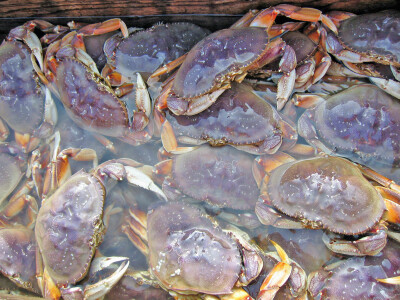Southeast Alaska salmon trollers saw the greener grass on the other side of the fence but weren’t allow to taste it. In early August, a mass return of hatchery chums milled in the waters of West Crawfish Inlet, south of Sitka, in closed waters.
For the second year in a row, the chums congregated in waters that are closed each year as part of a silver salmon management plan. This year, the management plan called for an eight-day closure to ensure silvers make it from the depths of the outside waters to terminal areas where they spawn.
The chums, on the other hand, don’t even spawn in West Crawfish Inlet but at the head of the larger Crawfish Inlet, miles away. The chums had been released from a hatchery in Crawfish, but the lure of fresh water surging from streams inside of West Crawfish apparently lured them off course.
“There are high mountains in West Crawfish with snowfields that supply sufficient fresh water,” says Steve Reifenstuhl, general manager of Northern Southeast Regional Aquaculture Association, in Sitka. “The fish hold deep until they’re ready to come in.”
Crawfish Inlet, meanwhile, lacks the snowy watershed and has been experiencing a seasonal drought; hence its streams were running at a trickle in August.
“There’s not an adequate volume of fresh water to draw them in,” says NF Highliner Eric Jordan, owner of the F/V I Gotta.
Riefenstuhl adds that this year’s conditions are nearly a repeat of last year’s. Trollers have been tied up for as long as three days as part of the silver salmon plan in years past.
The forecast is for a return of 3.5 million Crawfish Inlet chums.
“They’ll eventually get to Crawfish,” says Jordan, who is waiting out the closure with about 60 other trollers. “In the meantime, there’s hundreds of thousands of chums down there."







